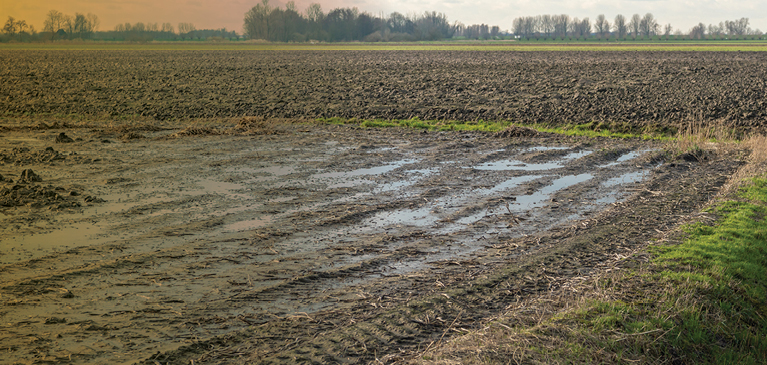
Knowing the details concerning prevented planting crop insurance is critical to making good decisions this spring. The following information provides a basic overview of prevented planting.
Given the variety of factors including eligibility, available cropland acres and location all impact your individual insurance policies and therefore, you should contact your GreenStone crop insurance specialist to determine your best course of action.
Definition
Prevented planting is defined as the failure to plant the insured crop by the final planting date designated in the Special Provisions for the insured crop in the county, or within any applicable late planting period, due to an insured cause of loss that is general to the surrounding area and that prevents other producers from planting acreage with similar characteristics. Failure to plant because of uninsured causes such as lack of proper equipment or labor to plant acreage, or use of a particular production method, is not considered prevented planting.
Please reference the Actuarial Information Browser on the Risk Management Agency’s website here to determine final planting dates for each crop contract.
Insurability
The acreage must be insurable; meaning it has been planted and harvested or insured in at least one of the three previous crop years.
The cause of loss must occur within the insurance period.
New Crop Contracts: On or after the sales closing date (3/15/2019) for the insured crop in the county for the crop year the application for insurance is accepted;
Renewal Crop Contracts: on or after the sales closing date for the previous crop year (3/15/2018) for the insured crop in the county, provided insurance has been in force continuously since that date.
Final Planting Date, Premium and Filing a Notice of Loss
- Be mindful of the final planting dates and late planting periods in your area – a prevented planting notice of loss cannot be filed until after the final planting date and must be filed within 72 hours of determining planting will not be completed within the Late Planting Period.
- The prevented planting payment is a percentage specified in the actuarial documents.
- Prevented planting acres must be reported on the acreage report and the premium is the same as planted acres.
Eligible Prevent Plant (PP) Acres
Eligible PP acres are determined by using the greatest number of insurable acres of the prevented crop in one of the last four crop years (2015-2018).
- Maximum Eligible PP Acres – Planted Acres = Remaining eligible PP Acres
- Eligible acres are prorated based on the increase of total cropland acres from the previous crop year as compared to the total cropland acres for the current crop year.
20/20 Rule, Crop Rotation & Cover Crops
- For each unit of PP acres, there must be at least 20 acres or 20% of the unit acres prevented from planting.
- If reporting PP for a crop different than the crop planted in the field, insured must have a history of planting both crops, crop types, or followed both practices in the same field in the same crop year within any of the four most recent crop years. If reporting PP for a crop different than crop planted in the field, the 20‐20 rule is now applicable to both the field and the unit.
- If the insured has no remaining eligible PP acres for the crop reported as PP, acreage from another crop insured for the current crop year for which the insured has remaining eligible PP acreage will be used. If using another crop’s eligible acres, the crop acres first used will be the insured crop that would have a PP payment most similar (closest) to the per-acre PP payment for the crop that was prevented from being planted.
- Refer to the county actuarials for rotation requirements for sunflowers, dry beans, canola, potatoes, sugar beets, etc.
- Acres planted after the late planting period may be insured at the same guarantee as prevent plant or you may state on the acreage report that no coverage is requested.
- The amount of PP payment will be impacted if any volunteer or cover crop is hayed or grazed prior to November 1st, or otherwise harvested at any time.
- If the PP payment is limited to 35%, the insured will receive a yield equal to 60% of the approved yield for the first insured crop PP acreage for subsequent crop years on this acreage.
The following link to the University of Illinois FarmDoc is a helpful decision making tool.


